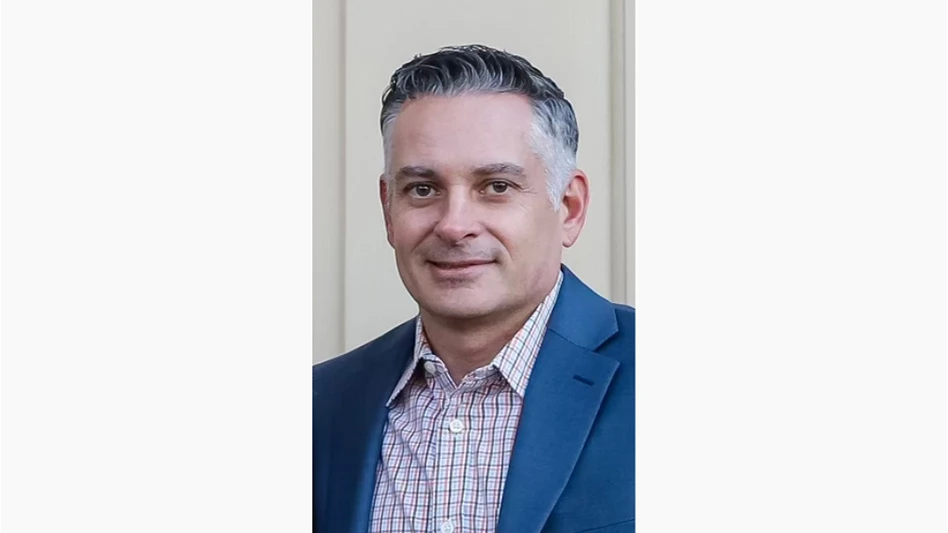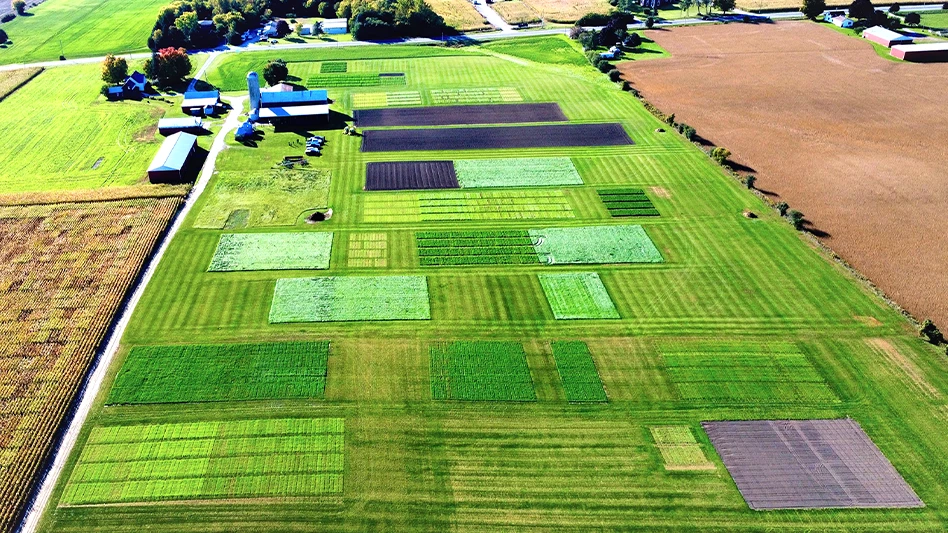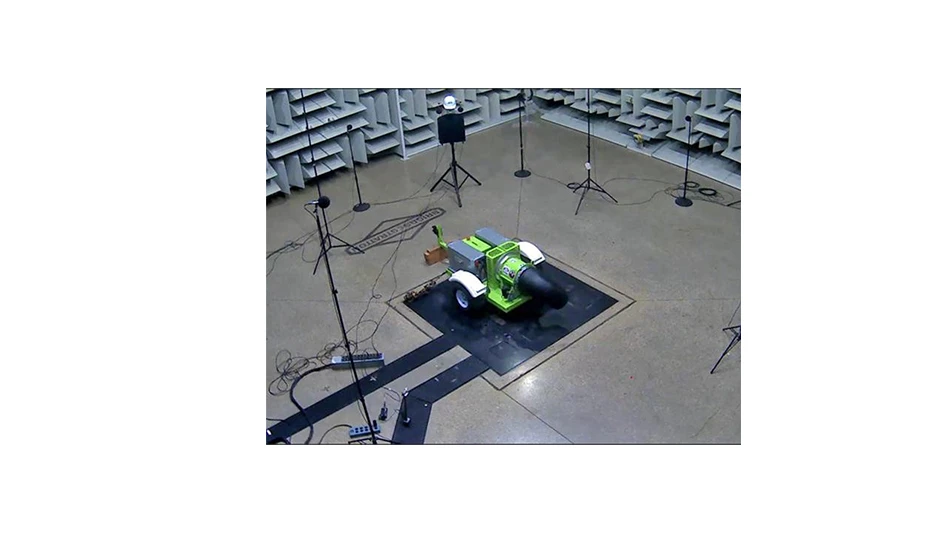
Superintendent Sean Reehoorn was looking for another tool to provide quality turf conditions at Aldarra Golf Club Sammamish, Wash. In July 2016, he began using a GPS-enabled sprayer. It’s proven to be a wise investment.
“The results have exceeded my expectations, Reehoorn says. “We sprayed fairways with a 300-gallon conventional sprayer. We mixed 960 gallons at one gallon per thousand square feet. If we started spraying at 6:30 a.m., we would finish around 1:30 p.m. Our GPS sprayer is a 200-gallon unit. We now mix up 900 gallons at one gallon per thousand square feet. Our overall fairway acreage with precision mapping went from 22 acres to 20.6 acres. If we start spraying at 6:30 a.m., we are done by 11:30 a.m. This is all traveling at the same speed.”
In other words, superintendents using GPS-enabled sprayers are finding encouraging results speak.
Count Adam Mis as another true believer. “Our results over the last four years have been amazing,” says Mis, the superintendent at Brookfield Country Club in Clarence, N.Y. “Using the GPS technology has saved the club conservatively upwards of $60,000. It’s a no-brainer. It pays for itself.”
Brookfield Country Club also uses GPS in the application of granular fertilizer, and Mis says the results have been impressive. “Environmentally, applying the correct nutrient in the correct location is better than anything I could ever ask for,” he adds. “We have seen tremendous turf health using these tools.”
Data from golf course superintendents like Reehoorn and Mis don’t surprise those bringing GPS-enabled systems to the turf market.
“We commonly run across superintendents who have claimed they will never go back to spraying without a GPS system,” says Jace Bertsch, Toro’s global product marketing manager for application products.
Since each golf course is different, and superintendents have a wide range of goals in their turf management programs, there are factors to consider before investing in GPS-enabled sprayers.

Precision and consistency – applying chemicals to the exact areas that need to be treated – are key when considering GPS-enabled sprayers, says Andy Billing, vice president of sales and marketing at Turflux. “There will be no growth regulators being over sprayed in bunker banks, intermediate areas and fescue areas,” he says. “There will be no overlap of product on green surfaces where sprayers need to drive on and off a green.”
Assisting in the precision, individual nozzle control means sprayer operators will only spray inside designated boundaries, without wasting chemicals on non-targeted area, says Brooks Hastings, product manager for John Deere.
“Additionally, since you know your exact area to spray, you will know how much is needed for that last partial tank to finish up,” Hastings says. This increased pass-to-pass accuracy decreases the time spent spraying. “Just drive over the areas that the coverage map shows unsprayed and let each individual nozzle do the work,” he adds.
Since each nozzle is individually controlled, Hastings adds the operator no longer is forced to turn on and off boom sections when spraying. Just move into the spray zone, engage the system and the sprayer does the rest.
Advanced spray nozzle technology gives the operator more flexibility for travel speeds that react to pressure spikes in the system, says Matthew Koester, product manager for Jacobsen turf care equipment. “This ensures sprayer pressure is constant, and there is proper application droplet size and coverage, at greater speed ranges, with the results being greater productivity and proper application,” he says.
Individual nozzle control means there’s less spray outside of defined boundaries, and pass-to-pass overlaps are “virtually eliminated,” Bertsch says.
GPS’s ability to correct over spraying/over application brings additional benefits, says Koester. “There are environmental benefits because of reduced usage of chemicals on environment.”
Billing agrees: “Any time you can reduce inputs and be more exact it is going to be a win-win for the environment and the end user.”
Since the GPS-enabled system will not let an operator spray areas not pre-defined as target areas, dependence on the operator’s skill level is reduced, Bertsch says. Even new, less-experienced operators can deliver quality results, he says.
And a GPS-enabled sprayer allows courses with multiple spray technicians to be more consistent with sprays. “We always hear that one spray tech sprays 2.5 acres and the other sprays three,” he says. “GPS keeps both the same.”
In addition, superintendents can electronically capture and analyze spray data — date, time, temperature, rates, chemicals and geolocation of applications – all of which streamlines the documentation process and allows robust analytics of the spray data, Hastings says.

Billing agrees, “Advanced computers on the sprayers and Cloud-based recordkeeping make logging applications a lot easier. We are able to track amount of product, volume, pressures, speed of sprayer during and after the application.”
More precise applications with fewer operator errors and less wasted product all lead to cost savings,
And cost savings is a huge consideration when investing in a GPS-enabled system, Billing says.
While results may differ when using spray booms on larger areas compared to smaller ones, Bertsch says superintendents may see an average 14 percent product savings. His calculations are based on wall-to-wall coverage at Toro beta test sites.
Analyze the cost of the technology versus the amount of money the facility spends on fertilizer, pesticides and fungicides each year, Koester says. Annual savings of 20 percent are possible, he says, but if a course has a smaller than average chemical budget, return on investment becomes much longer, in most cases.
The bottom line is that superintendents must convey the value proposition a GPS sprayer system will bring to the facility. “Labor savings, decreased cost of inputs, automated steering, electronic documentation and ease of use are all important, and each club will develop its own sense of how these issues affects operations,” Hastings says.
Billing adds, “If the club/owner wants to strictly save on chemical, it’s perfect. If they want to move the savings into another budget line, it’s perfect. The intangible never talked about [cost savings] is reduced labor. If the operator makes his first tank go further and finishes sooner, he is on to his second job quicker.”
Lastly, some superintendents vying for the addition of GPS-enabled spray systems are motivated by another not-so-apparent benefits – peace of mind. “Having peace of mind has been a common thread among superintendents that we have spoken with about GPS sprayers,” Bertsch says. “When asked, many superintendents claim there is a relatively high turnover for spray technicians, and a GPS-enabled spraying unit ensures the same consistent coverage regardless of the operator’s skill level.”

Explore the June 2018 Issue
Check out more from this issue and find your next story to read.
Latest from Golf Course Industry
- The Fittest Podcast in Turf: Episode 1
- GCSAA announces Grassroots Ambassador Leadership Award recipients
- Reel Turf Techs: David Gummo
- PBI-Gordon promotes two to executive level
- VIDEO: A First Green morning
- Bloom Golf Partners adds HR expert
- Seeking sustainability in Vietnam
- Kerns featured in Envu root diseases webinar





